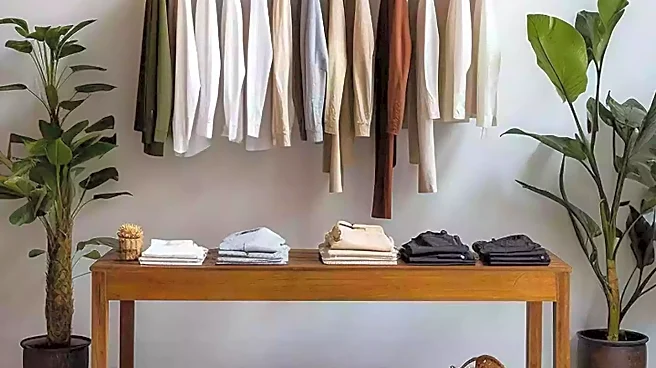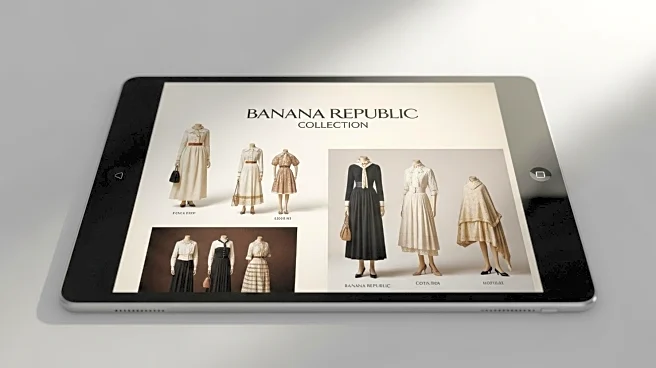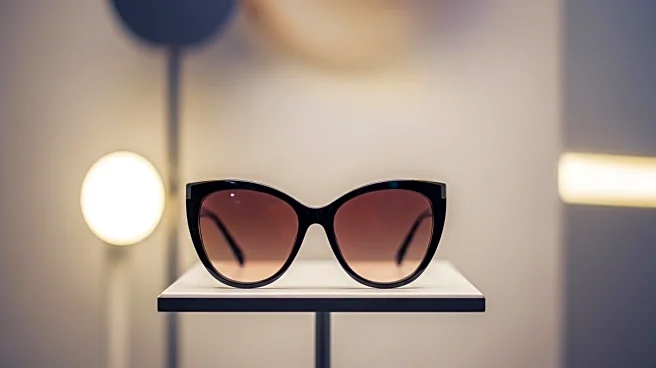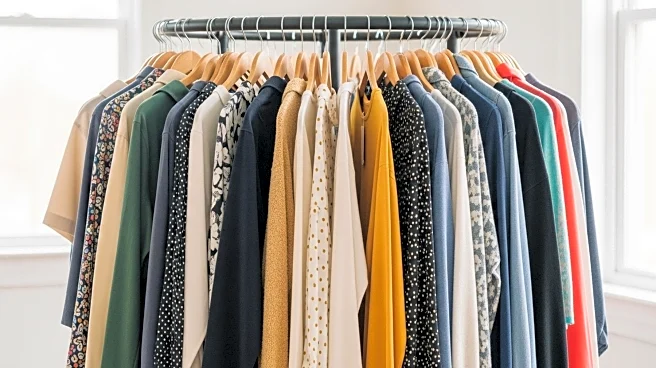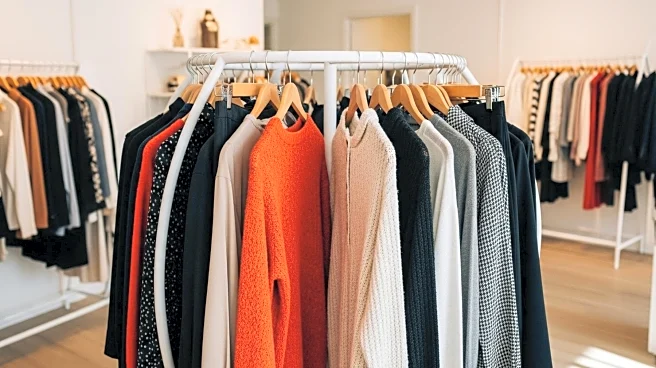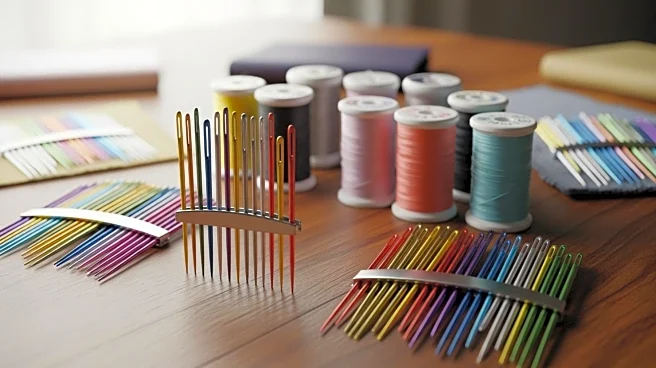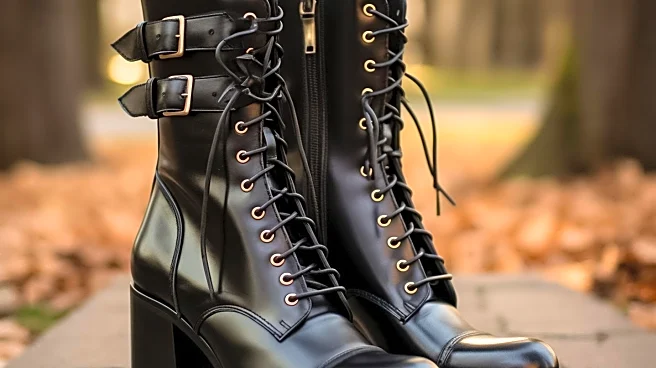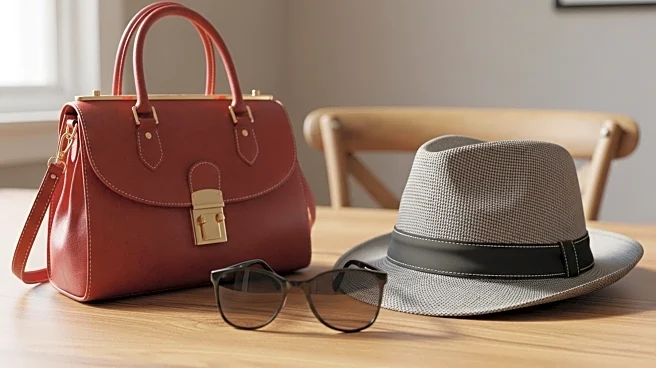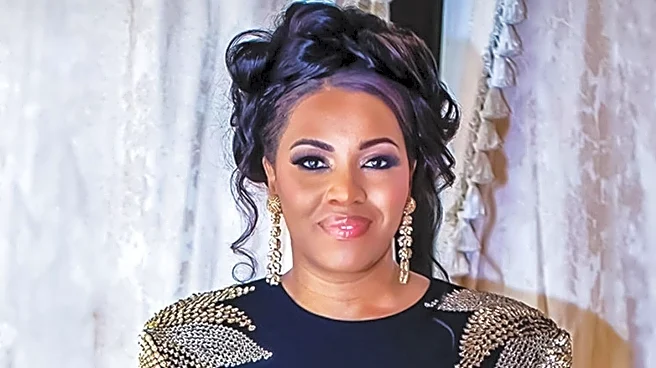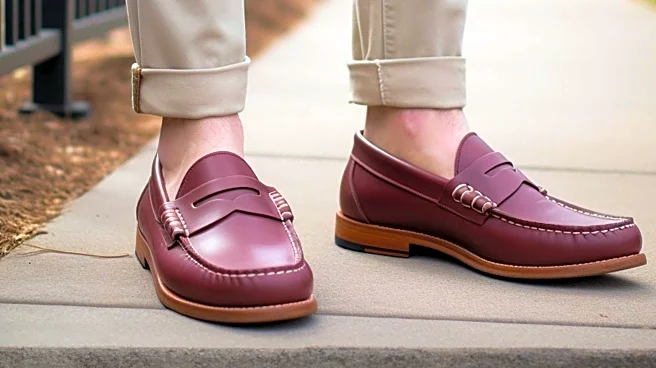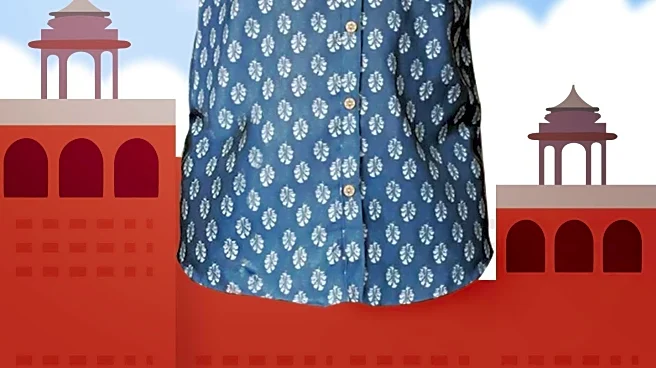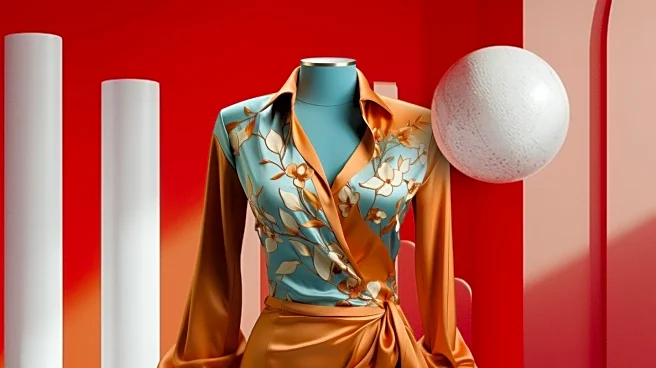What is the story about?
What's Happening?
Sustainable fashion trends are causing a positive shift in the industry, with secondhand clothing becoming increasingly popular. Preloved items are now a conscious choice for consumers, offering a sustainable and affordable way to create personal style. Innovations in fashion technology, such as 3D printing and AI software, are making the industry more efficient and customer-oriented. These trends reflect a broader movement towards circular fashion, which emphasizes reusing and recycling materials to minimize waste.
Why It's Important?
The rise of secondhand clothing and sustainable fashion trends highlights a shift in consumer priorities towards eco-friendly practices. This change challenges the fast fashion model and encourages brands to adopt more sustainable initiatives. The trend towards circular fashion offers a promising way to reduce waste and promote resource efficiency. As consumers become more conscious of their environmental impact, businesses have an opportunity to tap into this demand by offering sustainable options and promoting their eco-friendly efforts.
What's Next?
As sustainable fashion trends continue to grow, businesses may explore new models to meet consumer demand for eco-friendly fashion. This includes offering repair services, recycling options, and leasing models for consumers to borrow their favorite pieces. Brands can leverage social media and influencer collaborations to promote thrifted style stories and showcase the individuality that secondhand fashion offers. The trend towards circular fashion offers a promising way to reduce waste while meeting the evolving expectations of today’s shoppers.
Beyond the Headlines
The rise of sustainable fashion trends reflects deeper cultural and societal shifts. It challenges the fast fashion model and promotes a more mindful approach to consumption. The trend supports cultural preservation by keeping vintage and unique garments in circulation. It also highlights the role of social media in shaping consumer behavior and promoting sustainable choices. As the market grows, it may influence broader societal attitudes towards consumption and sustainability, fostering a culture of resourcefulness and creativity. This shift could lead to long-term changes in consumer behavior and industry practices, promoting a more sustainable and equitable fashion landscape.
AI Generated Content
Do you find this article useful?
